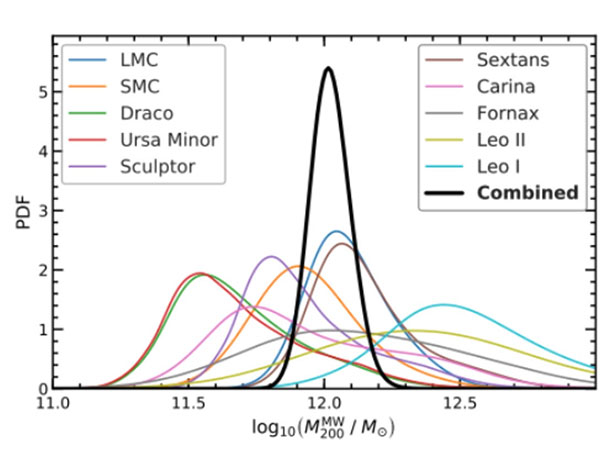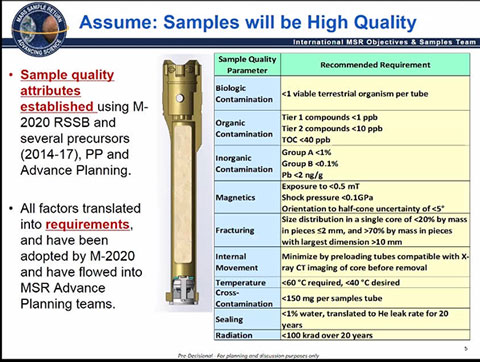Well we are still a bit jet lagged after returning from our cruise, but we still need to update our calendar and start planning for the next round of astronomy and physics meetings and events. For instance, we see the upcoming AAS and APS meetings and the NASA Astrobiology Workshop in Irvine.
First the upcoming 233rd meeting of the American Astronomical Society (AAS) meeting will be held in Seattle, WA, from January 6-10, 2019. Be sure to sign up and get the amateur astronomer discount. I always do this and then pay some of the savings back to a fund that covers travel costs for real astronomy graduate students. See you all there.
Also for all you physics wannabes out there, the next April American Physical Society (APS) meeting will be held in Denver, CO, on April 13-16, 2019. Unfortunately, they do not offer wannabe discounts, but they do cover topics of interest including astrophysics, gravitation and cosmology. See you all there.
The NASA Astrobiology Workshop in Irvine, CA, will be held September 11-13, 2018, about which I was able to attend one day and will make some comments about that later.
Ok, before we cover some other interesting astrophysical news and the astrobiology workshop, I wanted to share a photo of two souvenirs I picked up on our recent middle east cruise. Check out the ceremonial dagger in the photo below. I bought that in Jordan and after bartering down the price by a factor of three, I probably still paid three times to much. Who knows? Anyway it was fun. I tried to include the other little bottle, made of silver and turquoise, with a stopper that works and is attached by a silver chain, in a separate bargaining deal, but again I still probably overpaid. Anyway, I have a few mementos, while Resident Astronomer Peggy was able to bring home many little gifts for sharing.
 |
| Ceremonial knife and small bottle from our middle east cruise (Source: Palmia Observatory) |
There was also an interesting article on the Astrobites news feed, where real graduate students comment on real recent astronomy publications. The image below caught my attention because I always wondered how one would make a measurement estimate of the weight of the Milky Way because we are located inside the Milky Way. Well, you can look at the orbital speeds and other parameters of the satellite galaxies that orbit the Milky Way itself.
It is interesting how the mass estimate provided by any one of the satellite galaxies has a wide spread of values and when all of the measured satellites is combined a very good estimate just sort of pops out. So we read that the mass of the MW is around a trillion (10^12) times the mass of our sun.
 |
| Measuring the weight of the Milky Way by orbits of satellite galaxies (Source: forwarded by Nora Shipp at astrobites) |
Finally, I did manage to fit one day attendance at the NASA workshop on astrobiology held at the Beckman Center in Irvine. I met up there with Math Whiz Dave, and the two of us seemed to be the only non-professional Planetary Scientists in the room. I had hoped to learn a bit more about astrobiology as a science, but most of the discussion had to do with NASA funding and scheduling. One presentation on the status of the Mars Sample Return (MSR) project was especially interesting and I will share some of the details learned there.
The first slide screenshot shows some of the impressive gains in what is known about Mars have come about and that now the science has progressed enough that we need to gather a range of samples from the Martian surface to answer many questions.
 |
| Why sample return from Mars is now top priority (Source: NASA workshop on Astrobiology, Irvine, CA) |
As you see on this second screenshot in the presentation of David Beaty, JPL, that inderstanding the variability of water and what that means for inderstanding the possibility of Mars once having life are related and this then helps define what types of surface rock and regolith samples will be key in getting a better understanding.
 |
| What questions should the returned Mars samples answer? (Source: NASA workshop on Astrobiology, Irvine, CA) |
So, the current best estimate of the number of samples that can be brought back by the MSR program is limited to about 31 samples that will be selected and collected by the MSR automated rover. What we see in the following slide screenshot are the requirements for handling and processing the samples and transporting them back to Earth, so that that environment the samples would be subjected to will not damage or change the samples from the original Star in which they were collected. For instance, it doesn’t help if the sample collected say just a little bit below the surface is then irradiated with high doses of Solar radiation or other contamination before it can be returned and analyzed in the Earth laboratory. Each of the samples, each of no more that say 10 or 15 grams will be collected on the sample tubes, shown on the left hand side, and sealed until their return to Earth. So only a few kilograms of samples will be collected. It is sad to think that when all the weight and fuel requirements needed to first of all send the rovers to Mars, and then have enough fuel to leave Mars on the return ship, that only these few kilograms of samples are all that can currently be expected to be brought back.
.
It is hard to imagine how they will be able to select from all the interesting samples detected by the robotic rovers and to just pick
31 samples, which when brought back to Earth for analysis, will be the ones to generate the most significant scientific progress on answering the key questions about water and life on Mars.
The session presenter, David Beaty, went on to say that the current planning has not got to the point of being able to say precisely how the sample containers will be opened and analyzed. Much more work is needed to fully understand all of the ways the samples can become contaminated.
Anyway, I was very impressed with the current state of the project and of all the various details that have been worked through already. The current schedule is for the samples to be collected by the 2020 rover and stored on the Martian surface intill they can be returned to Earth. So many more details have to be worked out. We look forward to future status updates on this interesting project.
 | |
|
The session presenter, David Beaty, went on to say that the current planning has not got to the point of being able to say precisely how the sample containers will be opened and analyzed. Much more work is needed to fully understand all of the ways the samples can become contaminated.
 | |
|
Anyway, I was very impressed with the current state of the project and of all the various details that have been worked through already. The current schedule is for the samples to be collected by the 2020 rover and stored on the Martian surface intill they can be returned to Earth. So many more details have to be worked out. We look forward to future status updates on this interesting project.
Until next time,
Resident Astronomer George
If you are interested in things astronomical or in astrophysics and cosmology
Check out this blog at www.palmiaobservatory.com

No comments:
Post a Comment